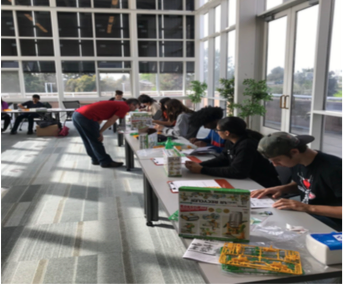2021, Calgary, AB, Canada
In 2021, Christian, a grade 9 student at St. James School in Calgary, Alberta noticed that the naturalized areas at his school were being damaged by young children playing in and running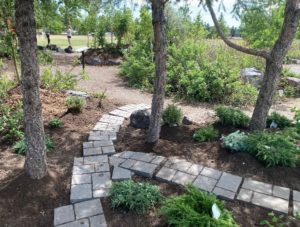 through them, and he realized that the low-lying plants in these areas would die unless something was done.
through them, and he realized that the low-lying plants in these areas would die unless something was done.
Christian understood that the natural areas in his school and community help combat climate change by removing CO2 from the atmosphere, and therefore they needed protection. Christian decided to spring into action with his project to install stone pathways throughout these natural areas to prevent further damage by the younger students at his school. In doing so, these areas would have marked pathways so that kids can continue to enjoy the space while also protecting the growing flowers and shrubs. St. James School supported his project fully, and working with his fellow students and teachers, Christian and his classmates successfully installed various stone pathways throughout their schoolyard gardens.


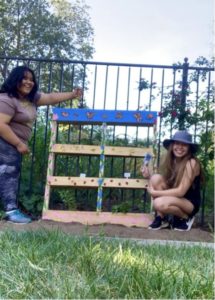
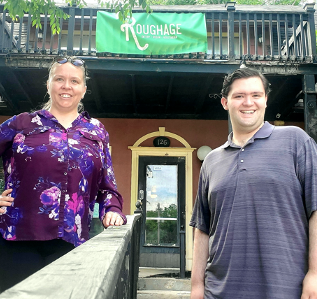
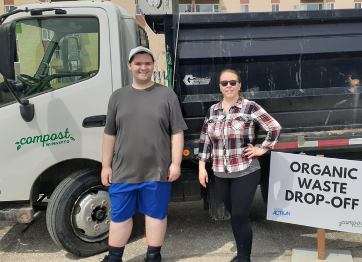




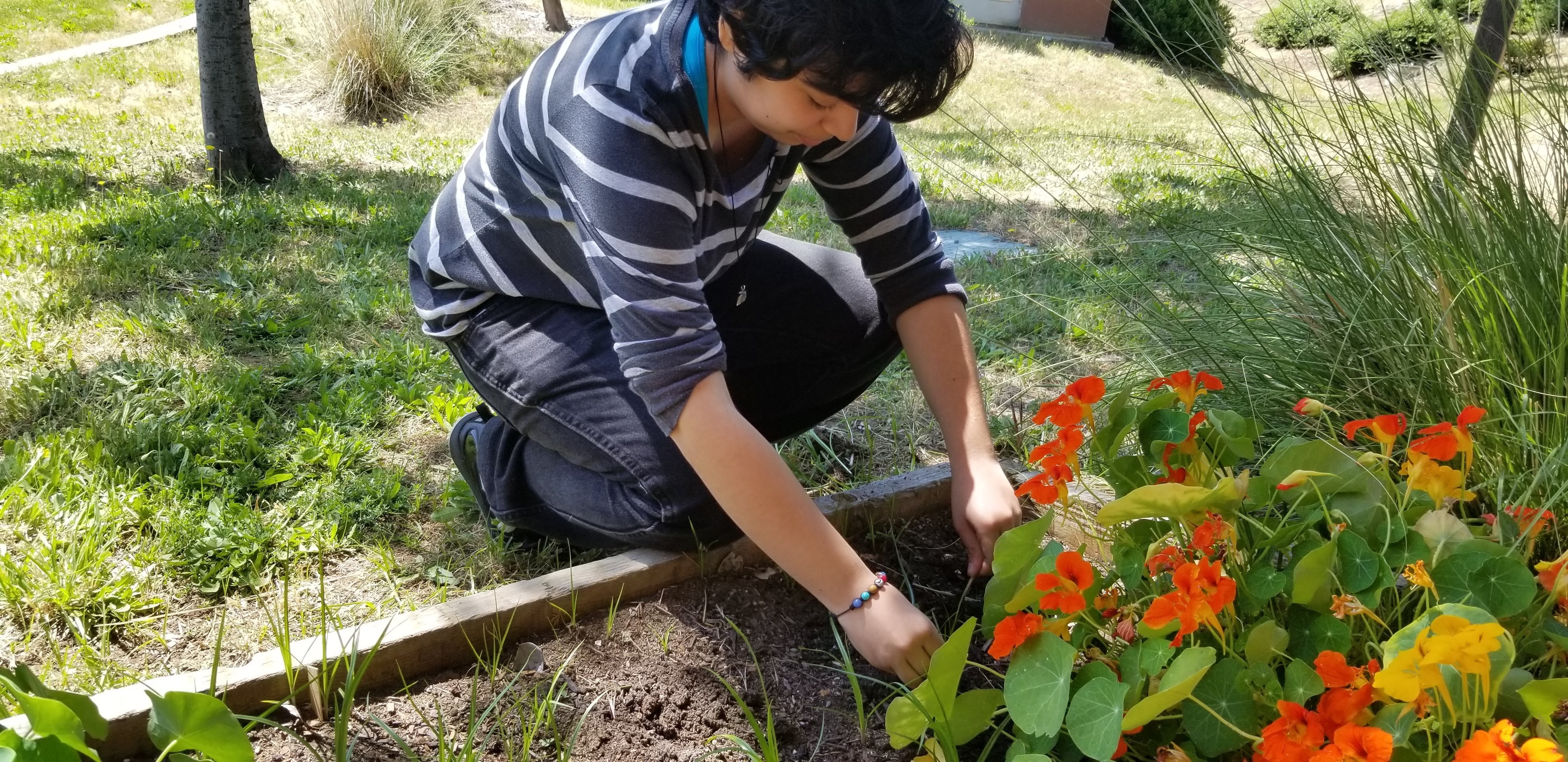
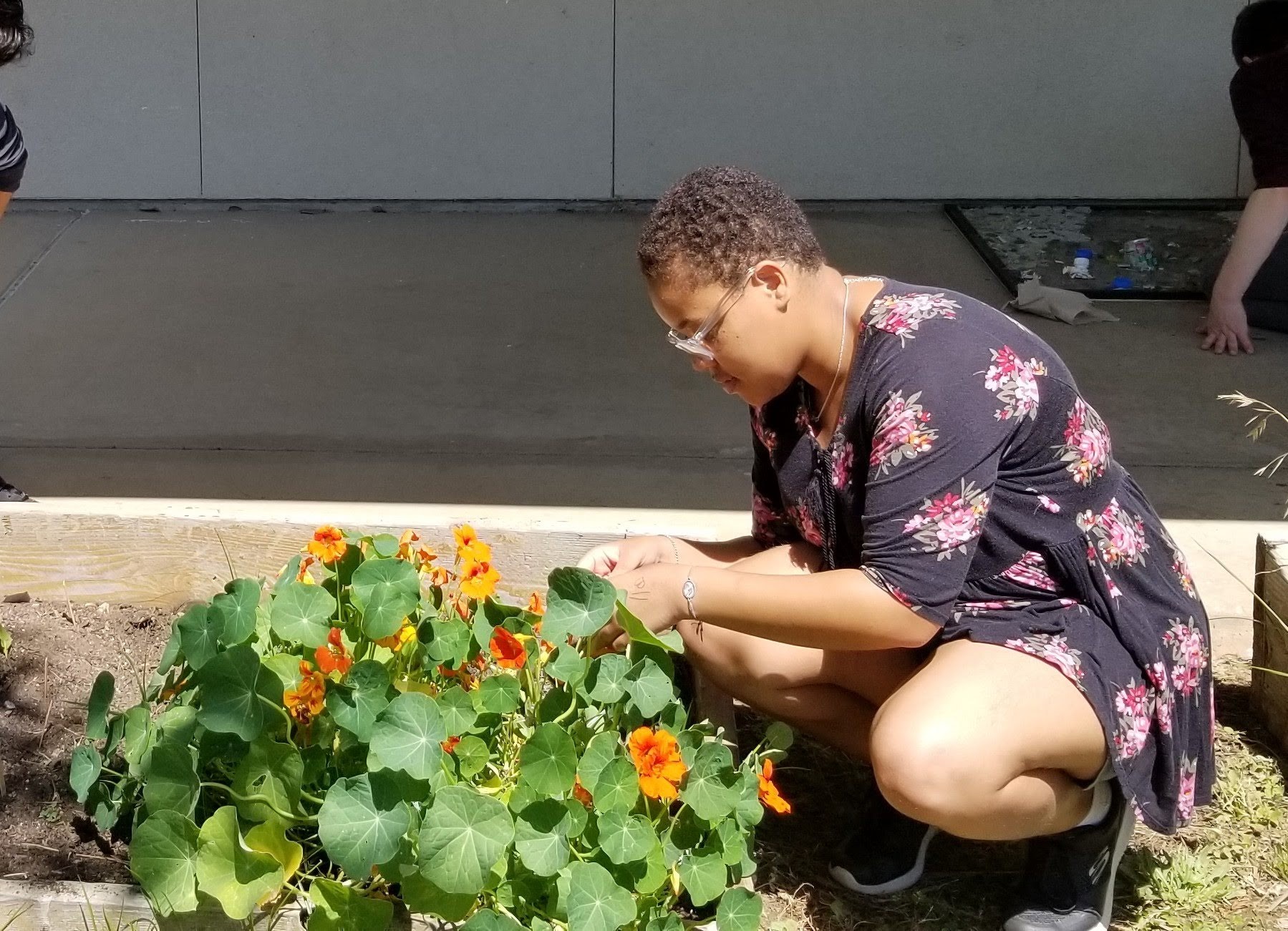
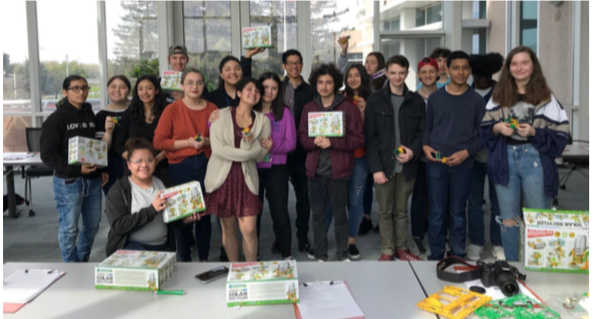 2019, Sacramento, California, USA
2019, Sacramento, California, USA